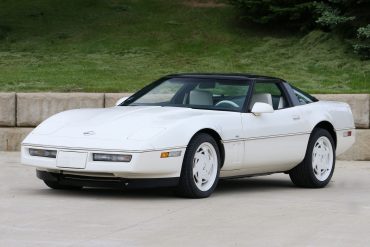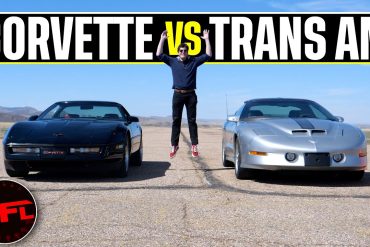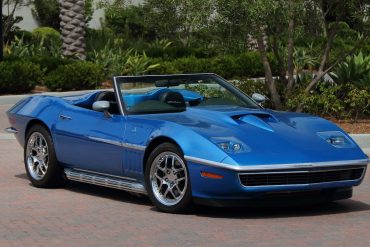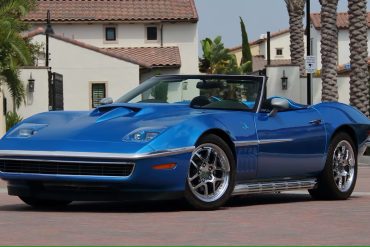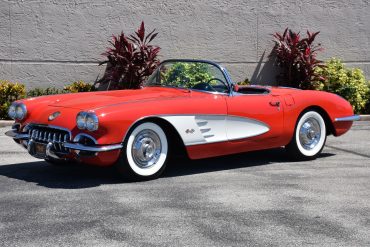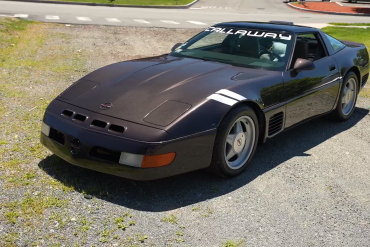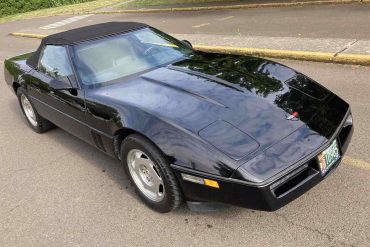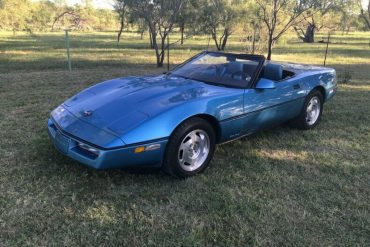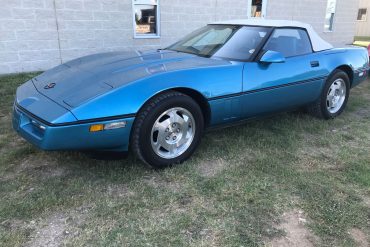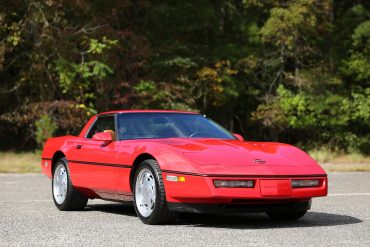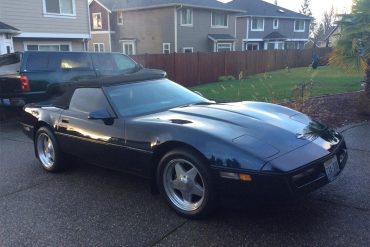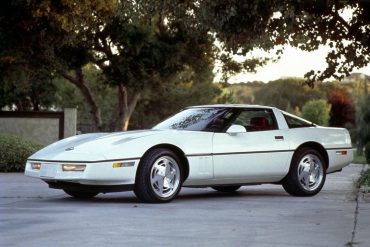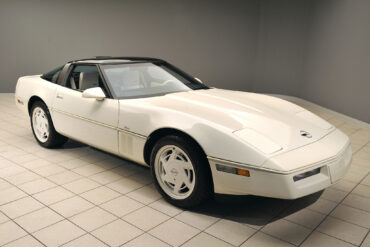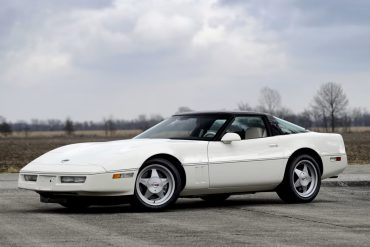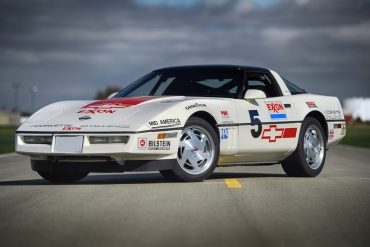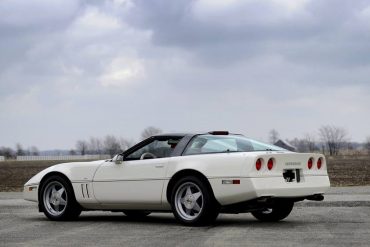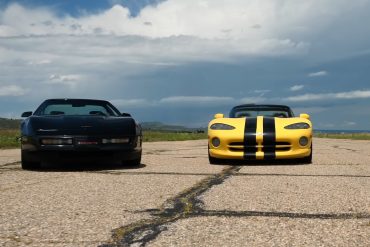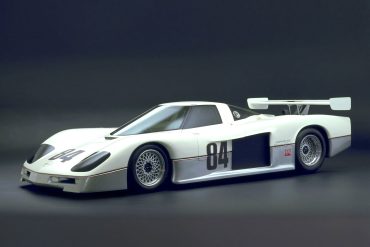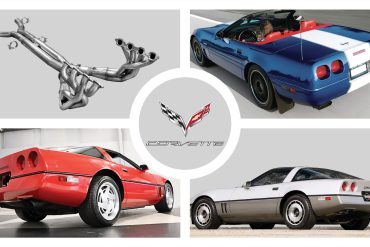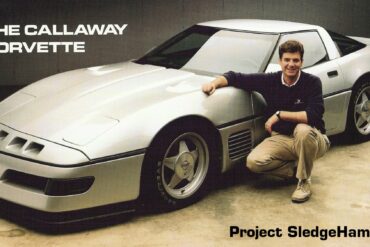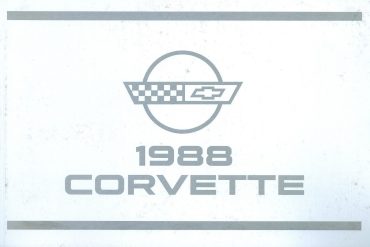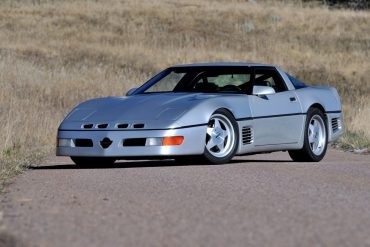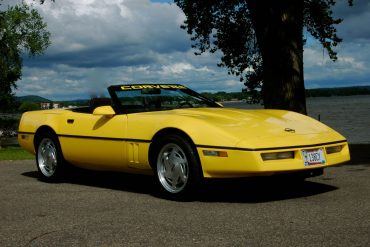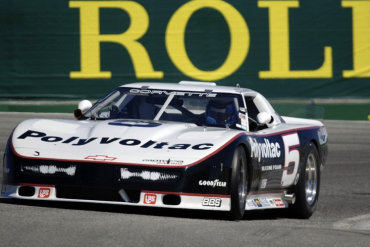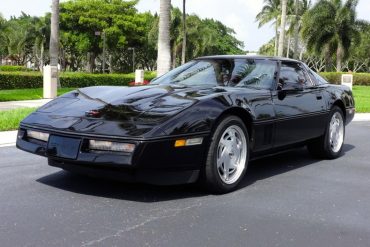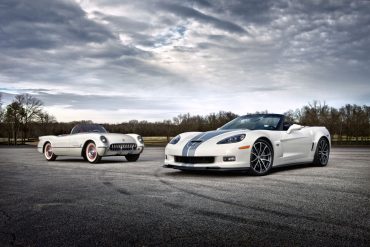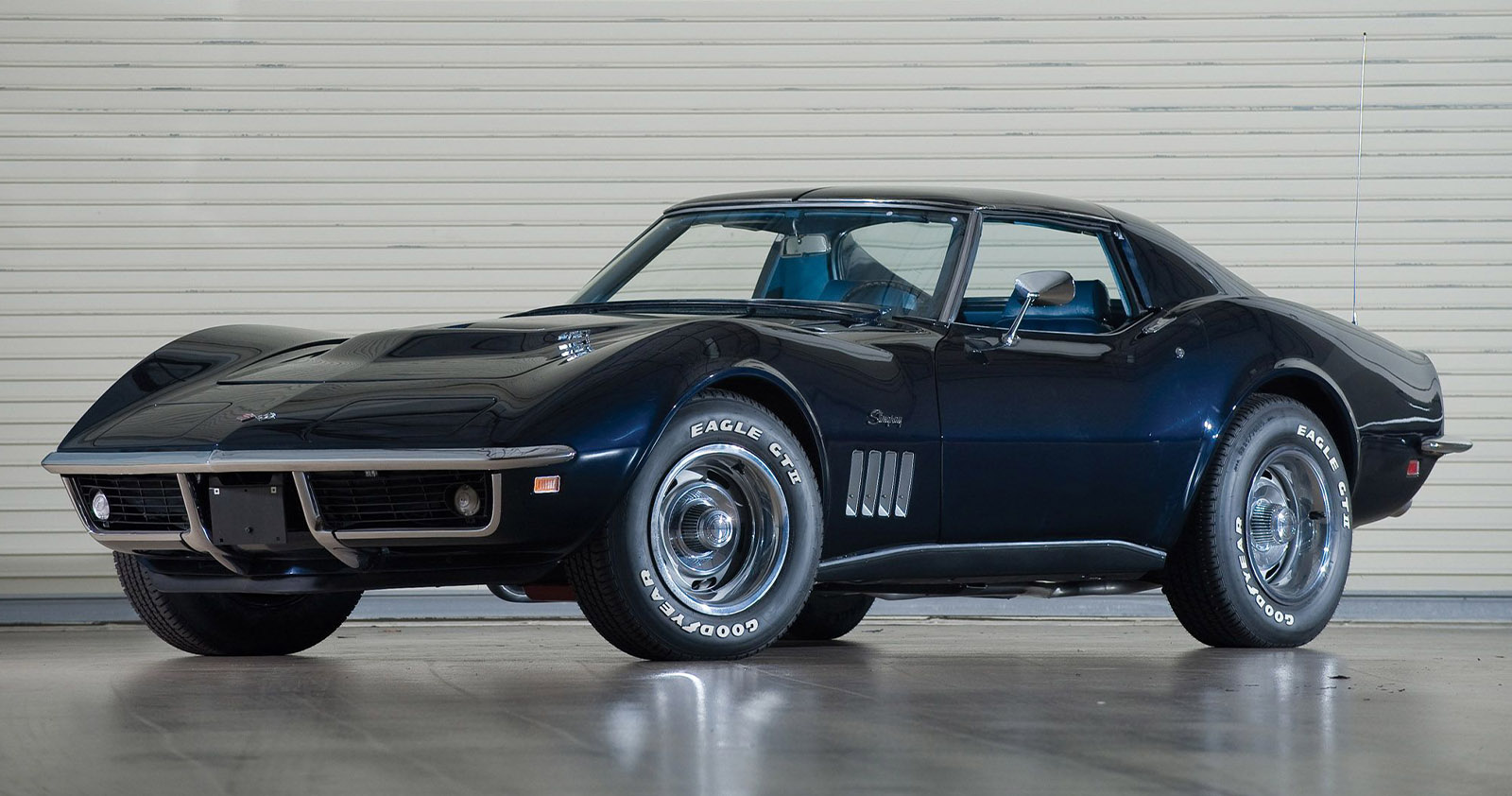The 1988 Corvette was maturing as both a performance platform and as an aesthetic knockout. Get all the options, pricing, and color data here.
Recognized as one of the world’s foremost automobile manufacturers, General Motors has established itself as a prolific producer. Among their...
This custom build, completed by CSOC Racing in December 2018, pays homage to the classic styling of the 1963-67 Sting...
Completed by CSOC Racing in December 2018, this custom build masterfully blends the best design elements of the classic 1963-67...
Want to Know Which Vintage Corvette Will Be the Most Reliable? We Got You Covered. When the vast majority of...
This high-performance Chevrolet Corvette is one of a limited number of Callaway C4s fitted with the full twin-turbo upgrade including...
Black 1988 Chevrolet Corvette We found some examples of 1988 Corvette in the Black color scheme. These real Black paint pictures...
The following list of common issues is intended for individual reference only, and may not reflect the specific issues of every 1988 Corvette.
Nassau Blue 1988 Chevrolet Corvette We found some examples of 1988 Corvette in the Nassau Blue color scheme. These real Nassau...
See the complete technical specifications and performance information for the 1988 Chevrolet Corvette, including engine specs, acceleration, & quarter mile.
Black Sapphire 1988 Chevrolet Corvette We found some examples of 1988 Corvette in the Black Sapphire color scheme. These real Black...
C4 Corvette Car Covers Corvette Gray 7 Layer Waterproof Car Cover Made for all C4 Corvettes, this car cover with...
The 1988 model represented the 35th Anniversary of the Corvette. 2,050 35th Anniversary Corvettes were built to commemorate this occasion....
When it comes to performance cars of the 1980s, two icons stand out: the Chevrolet C4 Corvette and the BMW...
In 1988, only 2,050 of the 22,789 Corvettes produced got the exclusive Z01 35th Anniversary Edition package, with just seven...
A shootout between two iconic American nameplates: Corvette vs Mustang. Both of these cars are powered by a V8 engine...
The Corvette Challenge started in 1988 following the removal of the C4 Corvette from the Showroom Stock racing class by...
1988 C4 Corvette Ultimate Guide. History, Production Stats & Facts, Engine Specs, VIN Numbers, Colors & Options, Performance & Much More, we cover it all.
Bright Red 1988 Chevrolet Corvette We found some examples of 1988 Corvette in the Bright Red color scheme. These real Bright...
In this video, we get to witness an epic drag race between two iconic American cars: a C4 Corvette and...
A Corvette in name only, the Corvette GTP (Grand Touring Prototype) was one of the fastest and most exotic race cars ever to wear a red Bowtie. Based on an English Lola T600 chassis and powered by an all-American turbocharged Chevy V6, the mid-engined racer was a rocketship. At full boost, the Corvette GTP's 3.4-liter (209ci) V6 pumped out more than 1,000 horsepower.
These are the top full exhausts for 1984-1996 Corvettes. The installation of a custom exhaust provides a great way to...
Here’s one of those stories, courtesy of GM Authority, that we all need in the year 2020. A fairytale end...
Up for sale is a very special piece of Corvette history, the 1988 Corvette Callaway SledgeHammer #51 on BringATrailer. It’s...
This Owners Guide contains important information regarding the operation and maintenance of your 1988 Corvette. In order to obtain maximum enjoyment and usage from your car, we suggest that you familiarize yourself with the contents...
This Sledgehammer reached 254.76 mph at the Transportation Research Center (TRC) in Ohio and became the world’s fastest street-legal car for some time. It was built up by Reeves Callaway in Connecticut as an example of what was possible with the new ZR1 and and turbocharging its LT5 engine. The result was a 898 bhp coupe that still retained luxuries such as air conditioning and a radio. It got this power by using a NASCAR-spec block with Mahle pistons and a massive turbo.
Yellow 1988 Chevrolet Corvette We found some examples of 1988 Corvette in the Yellow color scheme. These real Yellow paint pictures...
The story of this Chevrolet begins with Fords - specifically, the purpose-built IMSA Mustangs and SCCA Trans Am Mercury Capris that became major forces in those series in 1984-85. In 1985, a Mustang built by Jack Roush and chassis firm Protofab took a young John Jones to the IMSA GTO crown and a Roush Protofab Mercury Capri had done the same in the Trans Am championship.
Looking for information on how to maintain your 1988 Corvette? We've curated resources to help you keep your Corvette in great shape for years to come!
Although there was a lot of uncertainty about the Corvette’s long-term viability in its early days, the public’s perception of...


